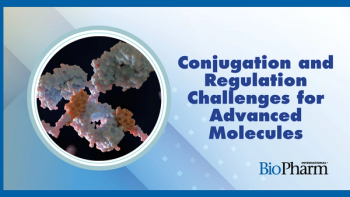
- BioPharm International's BP Elements, April 2022
- Volume 1
- Issue 4
PerkinElmer Introduces the HTRF and AlphaLISA Assay Kits
PerkinElmer’s HTRF and AlphaLISA assay kits are designed to detect and quantify CHO host cell protein impurities.
PerkinElmer has released two ready-to-use no-wash assay kits in April 2022, the homogeneous time-resolved fluorescence (HTRF) and AlphaLISA. The assay kits are designed to quickly and easily detect and quantify Chinese hamster ovary (CHO) host cell protein (HCP) impurities during the biopharmaceutical manufacturing process, which can prevent immunogenicity and reduce potency, stability, and overall effectiveness of a drug.
According to an April 4, 2022 company press release, HTRF and AlphaLISA are the first kits on the market to be designed for the ready-to-use, homogenous, no-wash assays used in CHO HCP impurity detection. They are also designed to deliver a streamlined workflow, broader dynamic range, and higher sensitivity than traditional multi-step enzyme-linked immunosorbent assays. The kits can be miniaturized to a small sample volume, increasing throughput to 384-well plates.
"The ability to quickly and easily detect, quantify, and subsequently eliminate CHO HCP impurities during biopharmaceuticals manufacturing has continued to be a key challenge," said Alan Fletcher, senior vice-president life sciences, PerkinElmer, in the press release. "These innovative HTRF and AlphaLISA assay kits are designed to make this critical step more effective and efficient within existing workflows and contribute to quality control and successful biotherapeutics."
Source:
Articles in this issue
over 3 years ago
Examining Phage Therapyalmost 4 years ago
ProteoGenix Launches New Transient Expression Systemalmost 4 years ago
evitria Licenses mAbsolve Gene Silencing TechnologyNewsletter
Stay at the forefront of biopharmaceutical innovation—subscribe to BioPharm International for expert insights on drug development, manufacturing, compliance, and more.




